Selling price 3950€ (Excluding shipping costs)
This Katana blade is very well preserved, without any particular forging defect (see photos).
The Koshirae is composed of a modern Saya and a modern Tsuka. The Tsuba is from the Edo period.
CHARACTERISTICS OF THE BLADE:
Zaimei (with signature): 肥前國保則作, or “Hizen Kuni Yasunori Saku”
Period: 昭和十九年三月, or “Showa 19 Nen 3 Gatsu” = March 1944 - Showa (1926-1989)
Nagasa : 74.2cm
Weight of the sword without the Saya: 1230grs
Sori: Height: 1.4cm - Type: Tori-zori
Mekugi-ana: Number: 1
Sugata type: Shinogi-zukuri
Throats: No-hi (without throat)
Hamon type: Hiro Gunome Midare Choji en Niedeki. Very beautiful and very wide tempering line.
Boshi type: Jizo
Kissaki type: O-kissaki (large)
Condition: Very good general condition of the sword. Very nice polishing Japan.
Defects: Some white spots on the blade
KOSHIRAE:
Tsuka: Length: 24.5 cm - Type of braiding: Hineri-maki in black Japanese natural silk. With a very beautiful Same.
Tsuba: Type: Maru-gata (round) In Sukashi (Openwork) - Old - Material: iron - Period: Edo (18th century). The Tsuba is mounted with 2 copper Seppa (20th century).
Fuchi/Kashira - Period: 20th
Habaki: In brass
2 Menuki: With floral patterns - Edo period
Saya: Modern - Color: Black with a ray skin insert and a Sageo in black Japanese silk braided in Ronin Musubi. The Kojiri, the Koiguchi and the Kurigata are in buffalo horn
YASUNORI:
Yasunori, also pronounced Yasutoku in Japanese, was one of the famous Yasukuni-tosho who was born in Hiroshima Prefecture. He was taught by his father Ujimasa and Yokoyama Sukeyoshi. Yasunori usually used the same name as his father Ujimasa before he entered the Nihon-to tanren-kai. He entered the Nihon-to Tanren-kai in 1933 and forged about 1,250 swords, including swords dedicated to Shinto shrines. He retired in 1940 and died in 1957.














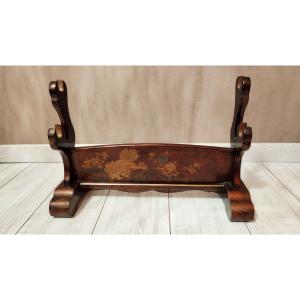
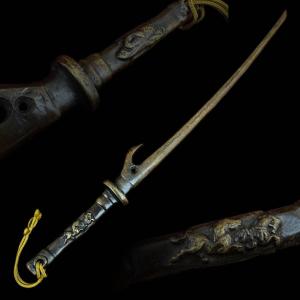
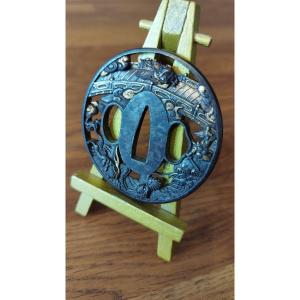
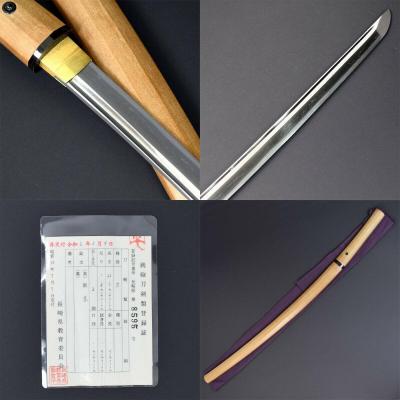
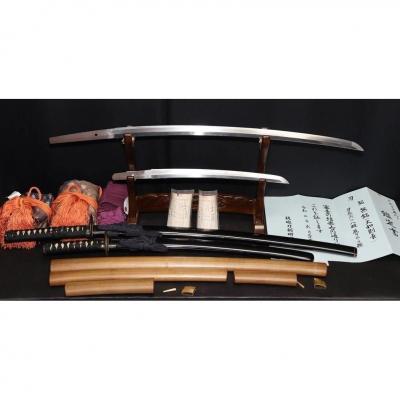


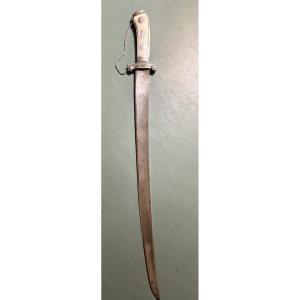

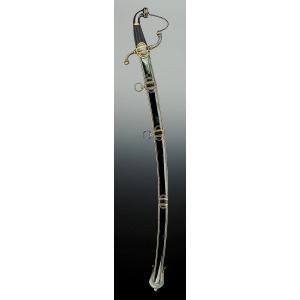





 Le Magazine de PROANTIC
Le Magazine de PROANTIC TRÉSORS Magazine
TRÉSORS Magazine Rivista Artiquariato
Rivista Artiquariato
